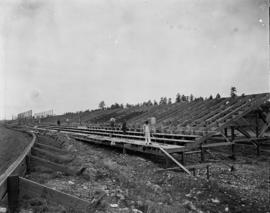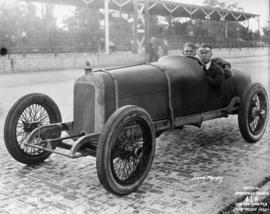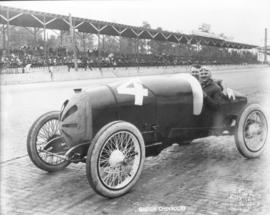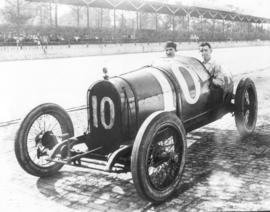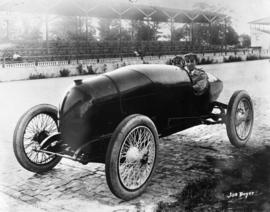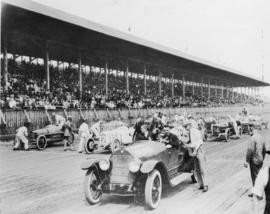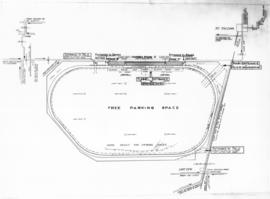- Item
- 1920-05
Part of Marvin Boland Photographs
The grandstands being rebuilt at the Tacoma Speedway in May of 1920. In March, before the beginning of racing season, a firebug started a blaze that wiped out 3/4 of the grandstands at the Speedway. The fire was ruled an arson and the Speedway had no insurance. The future of the racetrack was in doubt. $100,000 was raised by selling bonds to Tacoma businesses and individuals. The new stands would have a seating capacity of 15,000 and be 1/3 mile long. For the first time, 960 feet of the stands would be covered. Another improvement was a tunnel entrance leading from the parking, in the field inside the track, to the stands. There would be room for 10,000 cars in the field. The main entrance now featured an overhead bridge to drive cars two abreast into the parking area in the center of the field. There were 190 reserved parking places right in front of the pits. Everything would be ready in time for the July 5, 1920 races, when the largest crowd in Tacoma racing history was expected. (TDL 5/23/1920, pg. 9-C-picture; TDL 6/6/1920; www.historylink.org)
Tacoma Speedway (Lakewood); Racetracks--Lakewood--1910-1920; Automobile racing--Lakewood--1910-1920; Grandstands; Construction--Lakewood--1910-1920;
